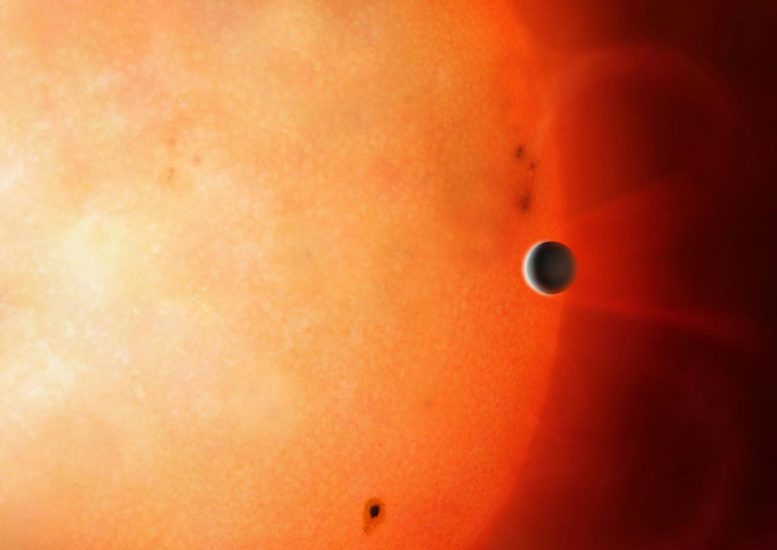
Artist’s impression showing a Neptune-sized planet in the Neptunian Desert. It is extremely rare to find an object of this size and density so close to its star. Credit: © University of Warwick/Mark Garlick
The newly discovered exoplanet TOI 849 b offers the unique opportunity to peer inside the interior of a planet and learn about its composition. It orbits around a star about 730 light-years away, which is very similar to our sun. The exposed core is the same size as Neptune in our solar system. The researchers assume that it is a gas giant that was either stripped of its gaseous atmosphere or that failed to fully form one in its early life due to special circumstances. The study by the team led by Dr. David Armstrong from the University of Warwick’s Department of Physics is published today in the journal Nature. PD Dr. Christoph Mordasini from the University of Bern Physics Institute led the theoretical interpretation of the discovery.
A year that is a mere 18 hours
TOI 849 b is an extremely unusual planet in the so-called “Neptune Desert” — a term used by astronomers for a region close to stars where we rarely see planets of Neptune’s mass or larger. The lead author of the study, Dr. David Armstrong from the University of Warwick, says: “The planet is strangely close to its star, considering its mass. In other words, we don’t see planets with this mass at these short orbital periods.” TOI 849 b orbits so close to its host star that a year is a mere 18 hours and its surface temperature is around 1,500 °C (1,800 °F).
Christoph Mordasini explains: “We have determined the planet’s mass and radius. TOI-849b is about 40 times heavier than the earth, but its radius is just 3.4 earth radii.” So the planet has a high density and therefore has to primarily consist of iron, rock and water, but only very little hydrogen and helium. “Such a small amount of hydrogen and helium is really astonishing for such a massive planet. We would expect a planet this massive to have accreted large quantities of hydrogen and helium when it formed.”
David Armstrong adds: “The fact that we don’t see those gases lets us know TOI 849 b is an exposed planetary core.” This is the first time that an intact exposed core of a gas giant has been discovered around a star.
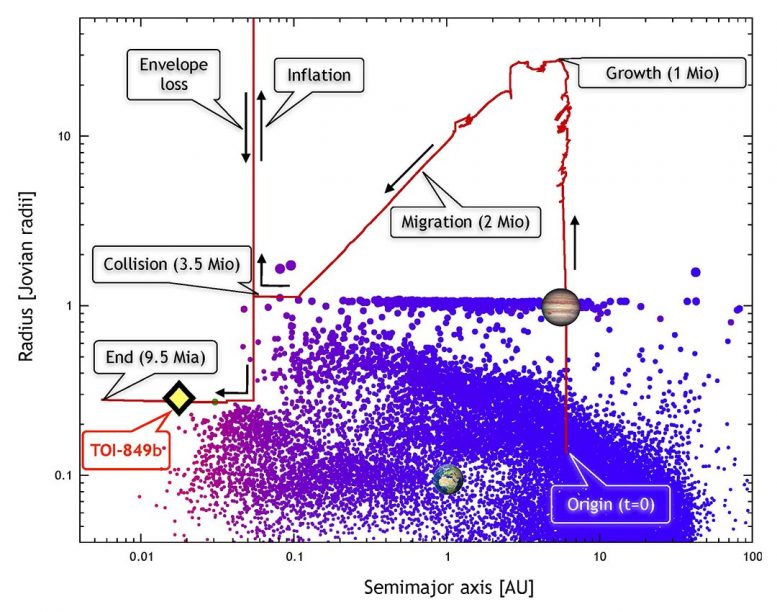
The red line shows the evolutionary track of a simulated planet that finally has similar properties as the actual planet TOI-849b, as found in the Bern Model of planet formation and evolution. The track is shown in the plane of semimajor axis in astronomical units (AU), that is the orbital distance from the star, on the x-axis, and the radius of the planet in units of jovian radii on the y-axis. The blue-red points show other planets predicted by the model. The Earth and Jupiter are shown at their positions for comparison. The planet starts to form at the initial time t=0 years as a small planetary embryo at about 6 AU. The protoplanet grows in mass in the following 1 million years which increases its radius. In this phase, the radius of the planet is still very large, as it is embedded in the protoplanetary disk in which it forms. The increasing mass of the protoplanet causes it to migrate inwards, towards the star. This reduces again the size of the planet. After 3.5 million years, the planet has migrated to the inner edge of the disk. There, it suffers a very energetic giant impact with another protoplanet in its planetary system. The enormous heat liberated in the collision strongly inflates the gaseous envelope of the planet. The envelope is lost via Roche-lobe overflow, and an exposed planetary core comes into existence. In the following billions of years, the exposed core slowly spirals towards its host star because of tidal interactions. The simulated planet now has properties like a mass, radius, and orbital distance which are very similar to the observed properties of TOI-849b that is shown by a black-yellow symbol. In the end, after about 9.5 billion years, the planet falls into its host star. Credit: © University of Bern
Bern’s expertise in demand worldwide
The University of Bern has been continuously developing the “Bern Model of Planet Formation and Evolution” since 2003. Christoph Mordasini says: “In our model, we combine insights into the manifold processes involved in the formation and evolution of planets.” Thanks to the world-renowned Bern model, discoveries such as those of the exoplanet TOI 849 b can be interpreted theoretically.
Based on the Bern model, two theories can be formulated which explain why TOI 849 b is not a typical gas giant but an exposed planetary core. “The first is that the exoplanet was once similar to Jupiter but lost nearly all of its outer gas through a variety of processes,” Christoph Mordasini says. These could include tidal disruption, where the planet is ripped apart from orbiting too close to its star, or even a collision with another planet. Large-scale photoevaporation of the atmosphere could also play a role, but can’t account for all the gas that has been lost.
Alternatively, TOI 849 b could be a “failed” gas giant. “Once the core of the gas giant formed then something very unusual could have happened and it never formed a massive atmosphere as normally. This could have occurred if there was a gap in the disk of dust and gas that the planet formed from due to gravitational interaction with the planet, or if the disk ran out of material right at the very moment when gas accretion normally follows,” Mordasini adds.
David Armstrong says: “Our discovery proves that planets like this exist and we can track them down. We have the opportunity to look at the core of a planet in a way that we can’t do in our own solar system.”
How TOI 849 b was discovered and analyzed
TOI 849 b was found in a survey of stars by NASA’s Transiting Exoplanet Survey Satellite (TESS), using the transit method: the satellite measures the brightness of a star. A dip in brightness indicates that a planet has passed in front of them.
TOI 849 b was then analyzed using the HARPS instrument built under Swiss leadership, at the European Southern Observatory’s La Silla Observatory in Chile. This utilizes the Doppler effect to measure the mass of exoplanets by measuring their ‘wobble’ — small movements towards and away from us that register as tiny shifts in the star’s spectrum of light.
“Bern Model of Planet Formation and Evolution”
Statements can be made about how a planet was formed and how it has evolved using the “Bern Model of Planet Formation and Evolution”. The Bern model has been continuously developed at the University of Bern since 2003. Insights into the manifold processes involved in the formation and evolution of planets are integrated into the model. These are, for example, submodels of accretion (growth of a planet’s core) or of how planets interact gravitationally and influence each other, and of processes in the protoplanetary disks in which planets are formed. The model is also used to create so-called population syntheses, which show which planets develop how frequently under certain conditions in a protoplanetary disk. The world-renowned Bern model is also used for the theoretical interpretation of discoveries such as that of the TOI 849 b exoplanet.
For more on this discovery:
- TESS Mission Discovers “Really Unusual” Exoplanet That May Be the Remnant Core of a Giant Planet
- First Exposed Planetary Core Discovered: Unique Glimpse Inside Other Worlds
Reference: “A remnant planetary core in the hot-Neptune desert” by David Armstrong et al., 1 July 2020, Nature.
DOI: 10.1038/s41586-020-2421-7

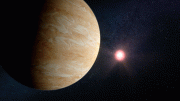
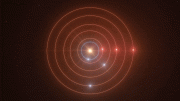
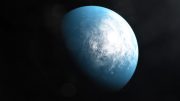
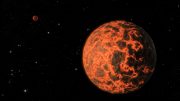
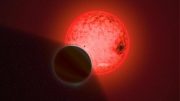
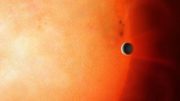
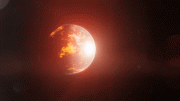
Hi thanks .
thanks for you.
I love the planet